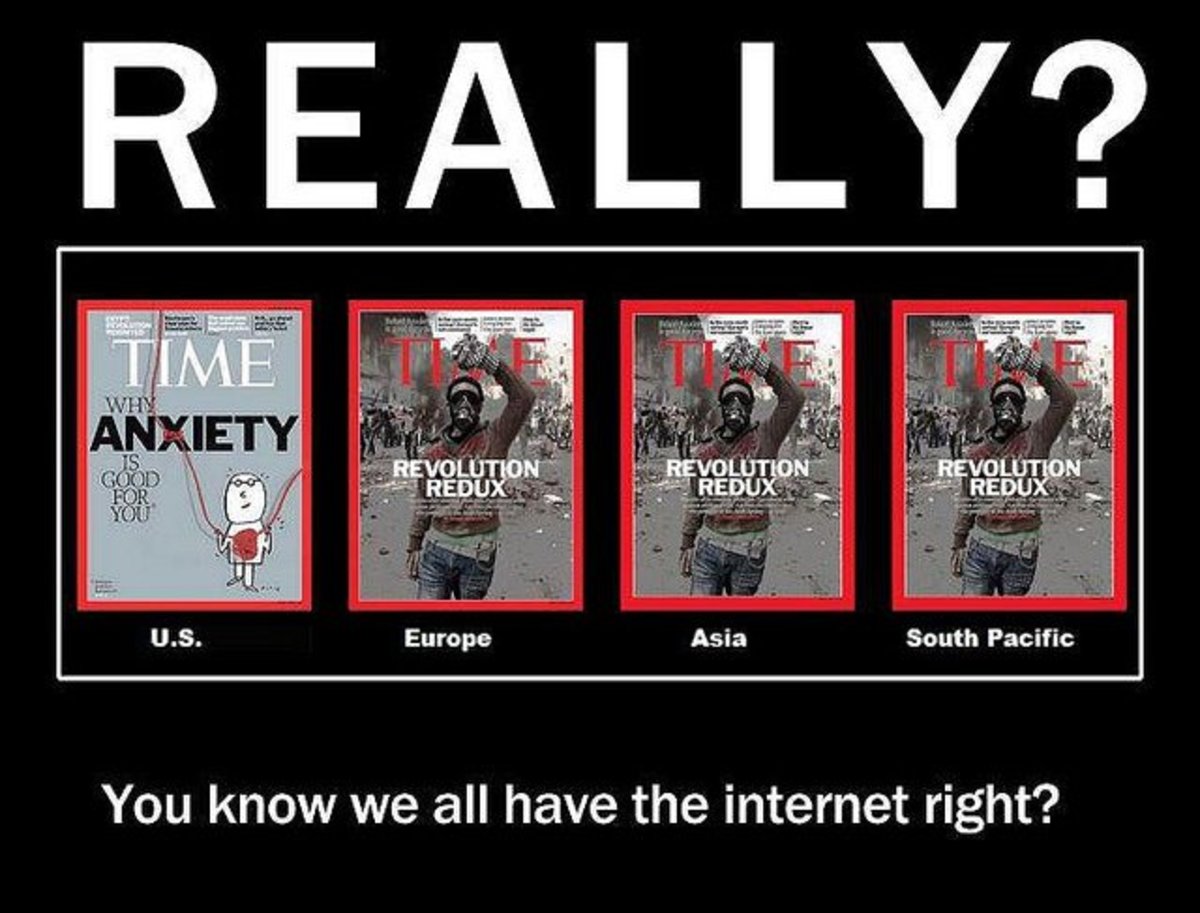Book Review New Media in Society
The New Media in Society by Everett M. Rogers : A Book Review
1. Book Summary
Everett Rogers’ book, Communication Technology: The New Media in Society, discusses in detail the nature, history, effects and impact of new communication technology in the present society. It also tackles the relationship of the new media technology and the conduct of communication research and theory.
Chapter 1: Implications of new communication technologies on human communications
Chapter 1 gives an introduction on the implications of new communication technologies on human communications. It highlights the unique nature of technology driven communications by elucidating on the differences and changes in the process of communication. It focuses on the interactivity, de-massification, and asynchronousity of the new media and the social impacts of these characteristics. Also in chapter 1 is the initial analysis on the emergent information society; Everett posits the question of how we adopt and adapt to the communication revolution and the information age.
Chapter 2: Four eras in the evolution of human communication
Chapter 2 surveys the four eras in the evolution of human communication and Rogers gives a deeper analysis of the new communication technologies. A lengthy discussion on computer technology and communication is provided in chapter 2 particularly on micro-computers, teleconferencing, teletext and videotext, interactive cable television, and communication satellites. Rogers put into context these new media by giving a brief history of the invention of semiconductors and the miniaturization of computer processor.
Chapter 3: History of communication science
Chapter 3 traces the history of communication science and communication theories from its European origins to the American founders. This chapter is a survey of the different communication theories that emerged. Rogers pointed out that communication research and studies were almost always an adjunct only of the different fields of studies, e.g., political science, engineering, psychology until it became a separate discipline. There is also a brief critique on the linear model of communication in the light of the emerging technologies in communication.
Chapter 4: Innovations and adoption of new communication technologies
Chapter 4 is a discussion on innovations and adoption of new communication technologies. The diffusion of innovation is discussed in detail focusing on its four main elements namely, the innovation, the channel, time, and the social system or structure. Consequently, Rogers analyzed the diffusion of new communication technology by discussing the diffusion theory of new media. It stresses the fact that new communication technologies should have a critical mass of adopters, it should be reinvented for the users’ purpose, and the degree of usage of the new media. These elements must be present for the new media to be widely accepted by society.
Chapter 5: Impact of new communication technologies
Chapter 5 looks into the impact of new communication technologies on individuals, organizations, and society. Rogers contextualized the discussion by clarifying first the different methodologies of communication research that emerged. Effects-based communication research was counter-posed with process-based communication research. Rogers also discussed the three-fold typology of impacts namely, desirable impacts, direct impacts, and anticipated impacts. A deeper analysis of the emerging communication gap between individuals, groups and societies was discussed also by Rogers.
Chapter 6: Theoretical implications of interactive communications
Chapter 6 is about the theoretical implications of interactive communications. This chapter is a critique of the old communication theories and models. It discusses the paradigm shift in the methods and approaches of communication scientists. A convergence model of communication was expounded by Rogers focusing on the interactivity of the new media.
Chapter 7: Methods of researching the new communication technologies
Chapter 7 is a tentative discussion on the new methods of researching the new communication technologies. New methods of research are emerging in the light of the proliferation of new technologies. New data collection and gathering approaches are also being studied in the light of computer-based system of data collection. Advantages and disadvantages of computer-based data gathering and research were discussed by Rogers and how these should be analyzed for establishing new methodologies for communication research.
Chapter 8: Enumeration of the uses and application of new communication technologies
Chapter 8 is basically an enumeration of the uses and application of new communication technologies in educational institutions, home, in electronic politics, in the office, and its purported use in developing underdeveloped countries. The boundless and potential uses of the new media were discussed and how society copes up with these.








